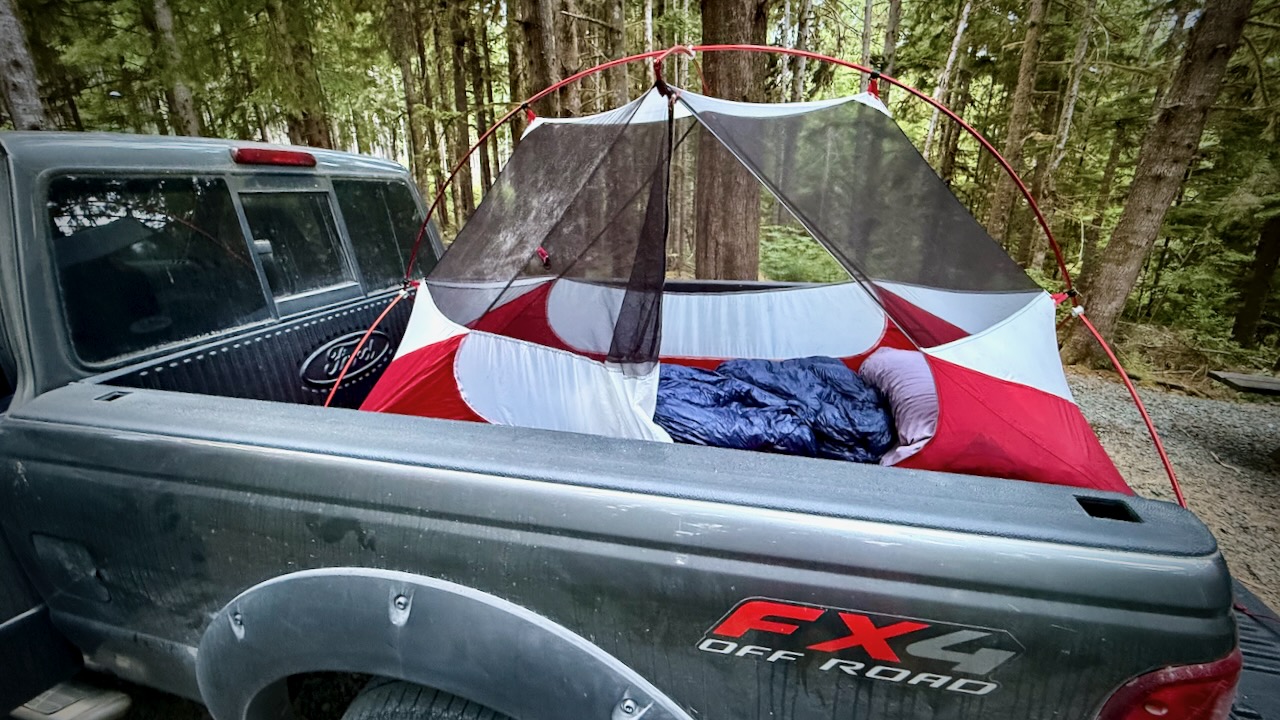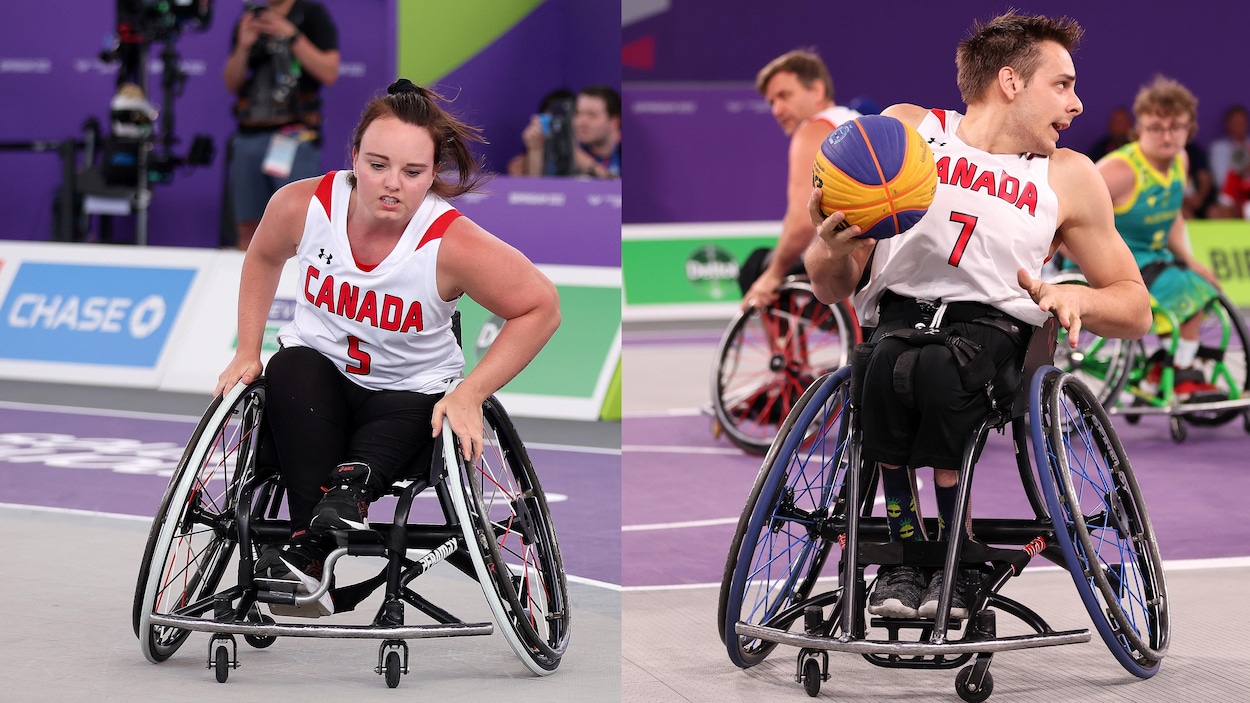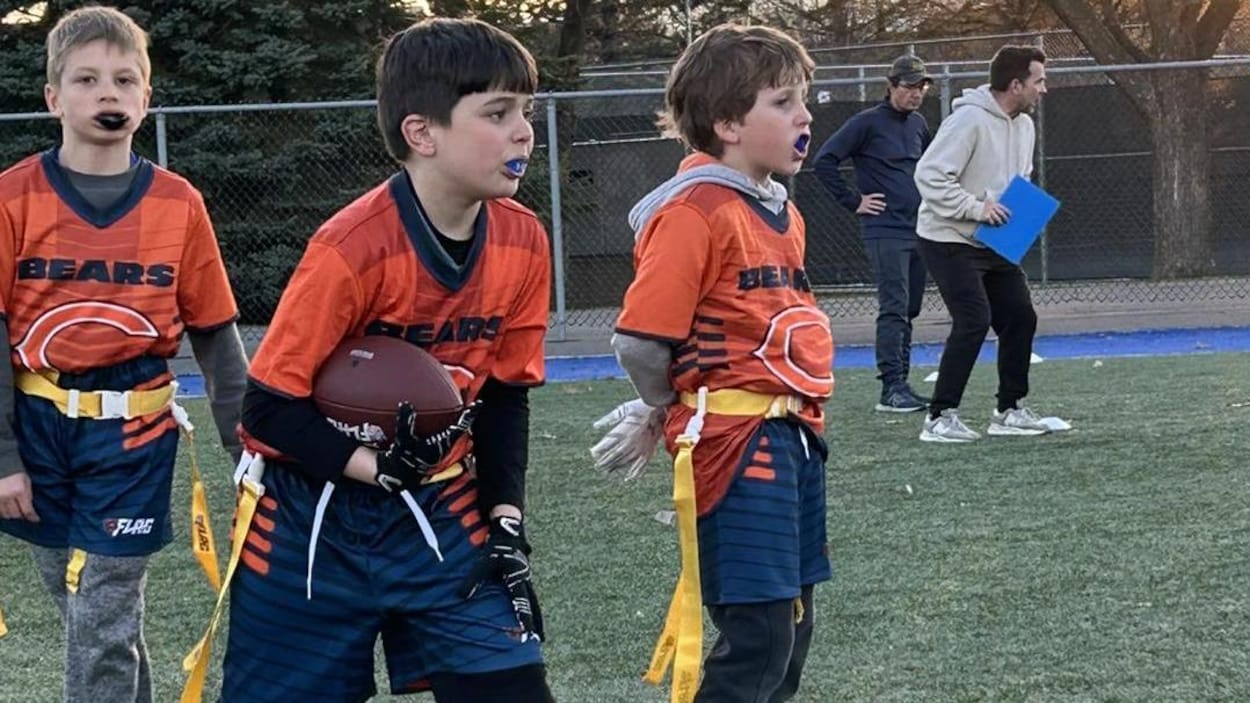PROTECT YOUR DNA WITH QUANTUM TECHNOLOGY
Orgo-Life the new way to the future Advertising by Adpathway I always layer up with sun protective clothing when I’m on fully exposed mountain summits
I always layer up with sun protective clothing when I’m on fully exposed mountain summitsWhen you’re out on the trail, sunlight can be invigorating, but too much exposure can put your health at risk. For hikers, especially seniors, protecting skin from harmful ultraviolet (UV) rays is essential. Sun-protective clothing, designed with a Ultraviolet Protection Factor (UPF), offers a reliable defense. Understanding how UPF works, how it’s calculated, and what factors affect sun protection will help you make smart choices for safe hiking.
What Is Sun Protective Clothing?
Sun protective clothing is designed to block a significant amount of UV radiation from reaching your skin. Unlike regular clothing, these garments use tightly woven fabrics, special materials, and sometimes chemical treatments to maximize protection. Options include long-sleeved shirts, pants, hats, and gaiters, all of which are essential for covering exposed areas, especially during hikes. See suggestions below.
What Is UPF and How Is It Calculated?
UPF stands for Ultraviolet Protection Factor. It tells you how much UV radiation a fabric allows to reach your skin:
- UPF 15: About 6.7% of UV rays pass through.
- UPF 30: Around 3.3% pass through.
- UPF 50: Just 2% get through.
The higher the UPF number, the greater the protection. UPF is calculated by measuring the amount of UVA and UVB rays that pass through the fabric using a spectrophotometer. Garments that achieve a minimum UPF of 30 are typically labeled as sun-protective.
Why Is Sun Protection Important for Senior Hikers?
- Thinner, More Sensitive Skin: Aging skin loses some of its natural defenses and becomes thinner, making it more susceptible to burns and sun damage.
- Increased Risk of Skin Cancer: Older adults have a higher cumulative exposure to UV radiation, increasing the risk of skin cancers like basal cell carcinoma and melanoma.
- Medication Side Effects: Many medications taken by seniors (such as certain antibiotics or blood pressure medicines) make skin more sensitive to sunlight.
- Practicality: Applying sunscreen can be messy or easy to forget on a long hike. Sun-protective clothing offers consistent coverage without the need for frequent reapplication.
Factors That Enhance Sun Protection
- Tighter Weave: Fabrics with a tight weave allow less UV radiation to pass through.
- Synthetic Fabrics: Materials such as polyester and nylon typically offer better UV protection than cotton or linen.
- Darker Colors: Dark or vivid colors absorb more UV rays than lighter shades.
- UPF Treatments: Some fabrics are treated with chemical UV absorbers to increase their UPF rating.
- Loose Fit: Loose clothing doesn’t stretch over the skin, maintaining the integrity of the weave.
- Multiple Layers: Layering increases protection by reducing the amount of light that can penetrate.
Factors That Reduce Sun Protection
- Loose Weave: Open-weave or sheer fabrics allow more UV rays to pass through.
- Light Colors: White or light pastels generally offer less protection than darker shades.
- Wet Fabric: Wetness can significantly reduce UPF. For example, the UPF of a white cotton T-shirt decreases when it gets wet.
- Stretching: Stretched fabric loses density, allowing more light to pass through.
- Wear and Tear: Over time, repeated washing and abrasion can thin out fibers, lowering UPF.
How to Choose Sun Protective Clothing for Hiking
- Look for UPF Labels: Aim for clothing rated UPF 30 or higher.
- Choose Coverage: Opt for long sleeves, long pants, wide-brimmed hats, and neck gaiters for the best protection.
- Opt for Comfort: Lightweight, moisture-wicking fabrics help prevent overheating.
- Check Durability: Ensure the garment maintains protection after washing.
- Areas not covered by clothing, like the face and hands, should still be protected with broad-spectrum sunscreen.
Sun Protective Clothing Choices
Here are high-UPF products in each category—shirts, pants, hoodies, and hats—chosen for their comfort, effectiveness, and popularity among outdoor enthusiasts.
Sun Protective Shirts
REI Sahara Long Sleeve Solid Shirt (UPF 50)
- Why it’s great: Lightweight, vented, and moisture-wicking fabric keeps you cool and dry.
- Features: Roll-up sleeves with tabs, mesh back panel for ventilation, chest pockets.
- Fit: Relaxed fit allows easy layering.
- Who it’s for: Both men and women; available in a range of sizes and colors.
- Where to buy: REI.
The North Face L/S Lightrange Shirt (UPF 40)
- Why it’s great: Lightweight, vented, and moisture-wicking fabric keeps you cool and dry.
- Features: Lightweight, includes odor control technology, available in many colors.
- Fit: Relaxed without being baggy.
- Who’s it for: Men’s, Womens
- Where to buy: REI, Backcountry.
Sun Protective Pants
REI Co-op Sahara Convertible Pants (UPF 50+)
- Why it’s great: Converts from pants to shorts with zip-off legs—perfect for changing weather or temperatures.
- Features: Elastic waistband for comfort, lightweight nylon fabric dries quickly.
- Fit: Available in men’s and women’s styles; full range of sizes, including petite and tall.
- Where to buy: REI.
Columbia Saturday Trail Pant (Women’s, UPF 50)
- Why it’s great: Stretchy, durable fabric with Omni-Shield advanced repellency (resists stains and light rain).
- Features: Partial elastic waist for comfort, zippered pockets, roll-up legs with tabs.
- Fit: Flattering fit designed for movement without restriction.
- Where to buy: Amazon.
Sun Protective Hoodies
REI Sahara Shade Hoodie (UPF 50+)
- Why it’s great: Ultra-comfortable and soft
- Features: Generous hood for shade, thumb holes for hand protection, relaxed fit.
- Who it’s for: Available in men’s and women’s versions.
- Where to buy: REI.
Cotopaxi Sombra Sun Hoodie (UPF 50+)
- Why it’s great: Budget-friendly with excellent coverage.
- Features: Lightweight, moisture-wicking polyester; thumbholes and full hood for extra protection.
- Fit: Available in men’s and women’s versions.
- Where to buy: Cotopaxi, Amazon.
Sun Protective Hats
Sunday Afternoons Adventure Hat (UPF 50+)
- Why it’s great: Trusted classic among hikers; wide brim plus neck cape provide maximum coverage.
- Features: Adjustable sizing, chin strap for wind resistance, lightweight and packable.
- Who it’s for: Unisex; multiple sizes and colors.
- Where to buy: REI, Amazon.
Columbia Bora Bora Booney Hat (UPF 50)
- Why it’s great: Wide brim shades face and neck; mesh vent panel keeps your head cool.
- Features: Adjustable drawcord and sweatband
- Who it’s for: Unisex design; highly rated for comfort.
- Where to buy: Columbia, Amazon.
Extra Tips: Enhancing Your Sun Protection
1. Wear Sunglasses:
Choose sunglasses labeled “100% UV protection” or “UV400” to shield your eyes from harmful rays, which is important for preventing cataracts.
2. Don’t Forget Sunscreen:
Apply broad-spectrum sunscreen (SPF 30+) to exposed skin, such as the hands, face, ears, and neck—areas that your clothing doesn’t cover.
3. Reapply as Needed:
Sweat or water can reduce the effectiveness of sunscreen. Reapply at least every two hours.
4. Plan Your Hikes Wisely:
Try to hike early or late in the day when the sun is less intense.
Conclusion
For hikers, sun protective clothing with a high UPF rating is one of the safest and most practical ways to prevent sunburn and long-term skin damage. Knowing which factors enhance or reduce your clothing’s protection will help you make wise choices for every hike. With the right gear, you can enjoy time outdoors while keeping your skin healthy and comfortable.
SectionHiker never accepts payment for gear reviews or editorial coverage. When you buy through affiliate links on our site, we may earn a small commission at no extra cost to you. Help us continue to test and write unsponsored and independent gear reviews, hiking and backpacking FAQs, and free hiking guides.



















 English (US) ·
English (US) ·  French (CA) ·
French (CA) ·